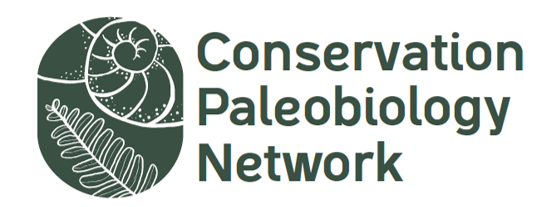Author: Nikas Homann
Statistics is a fundamental part of natural sciences, and most people struggle with it at some point in their career.
As a modeler, I spend a lot of my time reading about new statistical procedures and mathematical concepts. Here are seven approaches that help me understand math and statistics faster and better. They have worked well for me in the past, and I hope you can take away some ideas for the next time you encounter difficulties with statistics and math.
1. Write a List of Symbols – Then Give Them Meaning!
The sheer amount of symbols used in math can be intimidating. Start by making a list of them, and of what they represent – are they independent variables, response variable, and what exactly is an independent variable? Try to identify their meaning in the context of the question you want to answer; for example, if you are working in ecology, are the variables observations on individuals, or pooled data from a plot? It can be helpful to identify their units and their data structure.
2. Doodle
Draw how variables are connected with each other. You can use arrows and Venn diagrams to indicate directional relations and nestedness. Use these doodles as an aid to visualize the structure of the problem.
3. Explain it to Others
Explaining a new concept to someone else and being exposed to their questions can help identify areas where you lack understanding. For this, try to find someone in a safe environment who is critical and curious, but does not have too much previous knowledge. Don’t be afraid of not being able to answer a question – being in a safe environment is a good place to get used to this, and no reasonable person expects you to understand new statistical methods at a glance.
4. Check the Assumptions
Assumptions are a crucial part of statistics, and making them explicit can help understand why a procedure works or fails. When assumptions are given as mathematical formalisms, try finding their empirical equivalents. Be aware that any assumption made by a statistical procedure you use is also an assumption on the empirical processes generating your data. Assuming that variables are independent and identically distributed implies, for example, the assumption that the empirical observations in the field were independent of each other.
5. It’s a Foreign Language
Treat math and statistics like a foreign language, with their own alphabet and vocabulary. It takes time and effort to understand a new language, so don’t be frustrated if you are not immediately fluent in it. If you’re stuck, go back to the basic vocabulary and make sure you understand it properly and let the problem rest for a bit.
Just as with languages, there are different dialects within subdisciplines of math and statistics that differ in the conventions and notation used. Be aware of this and take your time to get used to it when you start working in a new subdiscipline.
6. Implement it!
Programming requires one to dissect a complex problem and subdivide it into simple, procedural tasks. If you are versed in a programming language such as R, Matlab, Octave, or Python, try implementing the procedure you are struggling with. This might not be feasible for complex methods such as Generalized Linear Models (GLMs), but for methods such as subsampling procedures this provides a lot of insight into the workings and the pitfalls of these approaches as well as the differences between their different formulations.
7. Get Help!
Having basic understanding of statistics is important for many careers both in academia and outside of it. However, nobody expects you to be a fully fledged statistician. If you are struggling with a method or a problem, do not hesitate to reach out to someone with more experience. This can be a data scientist, statistician, mathematician, or someone within your own working group.
When you do this be aware that most academics are kind and curious people, but chronically overworked. Make sure to tell them how much of their time you problem will approximately occupy, and what they get in return – this can range from a cup of coffee and some cookies to co-authorship.

Author: Niklas Homann Niklas.Hohmann@fau.de
Niklas is an MA student at Friedrich-Alexander University Erlangen-Nürnberg

